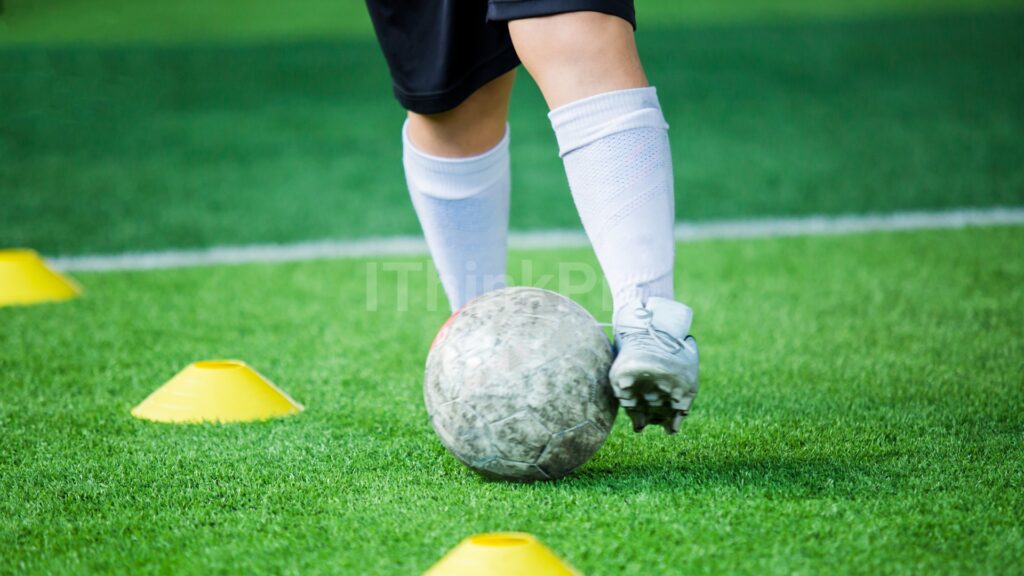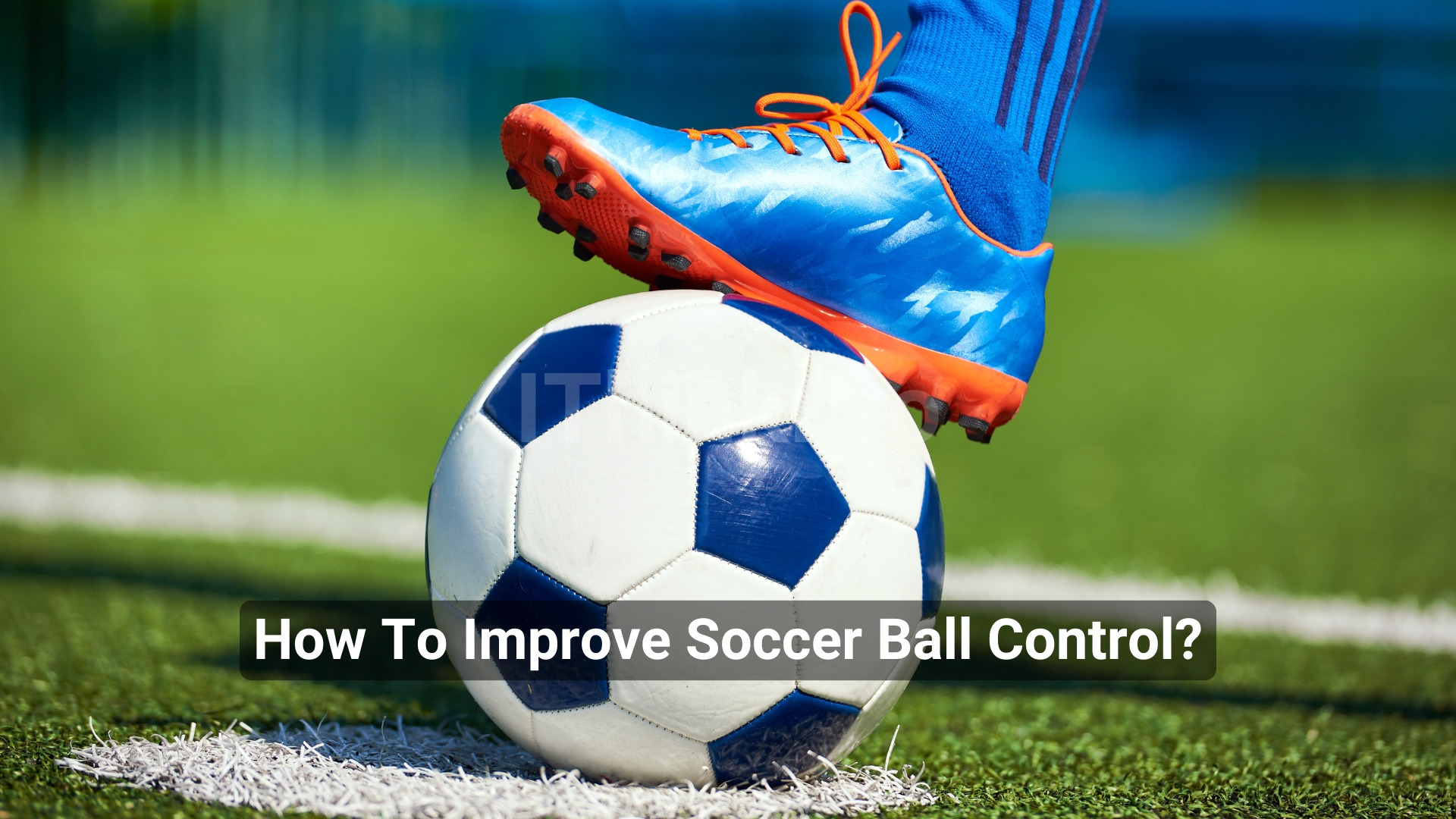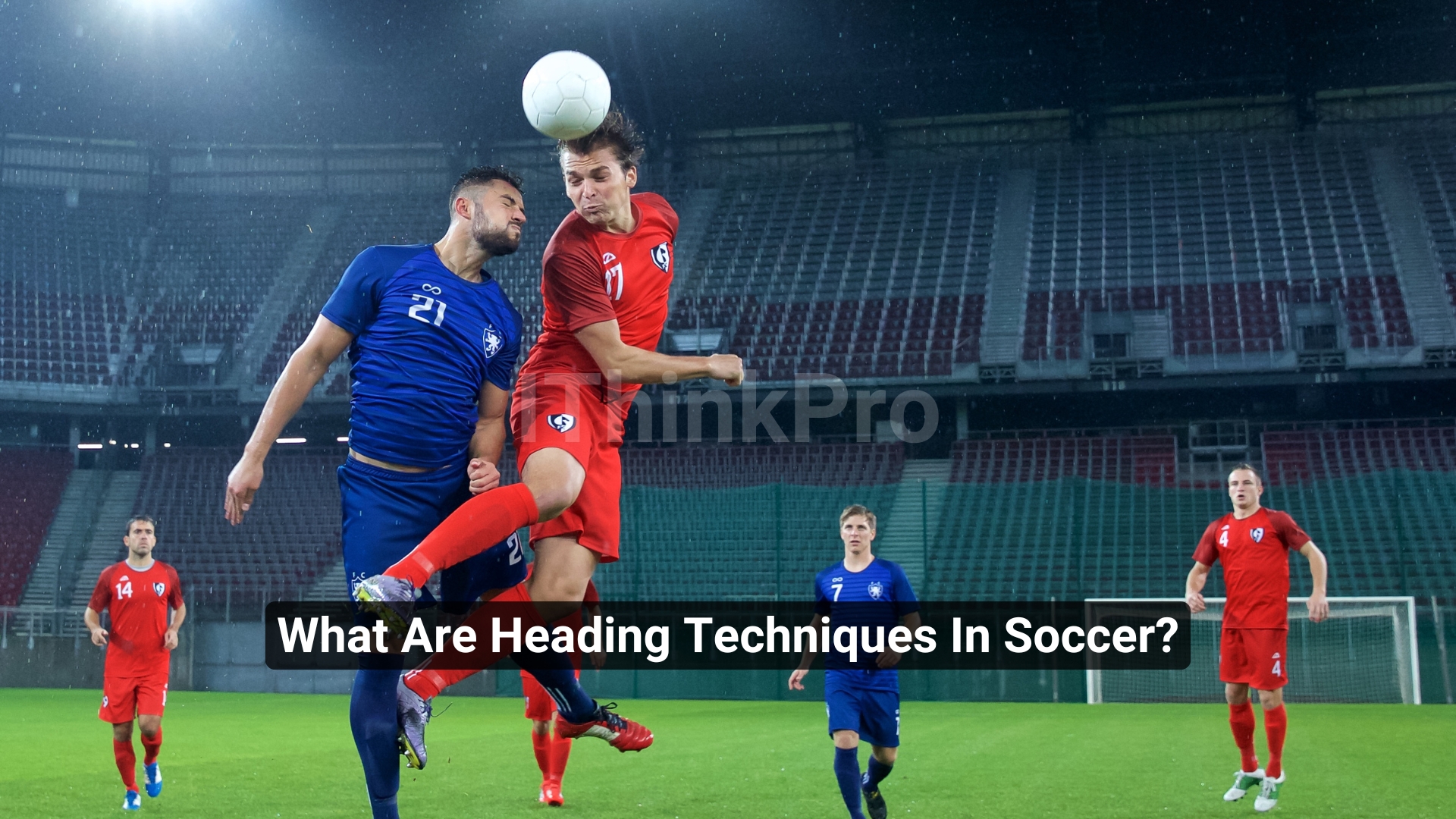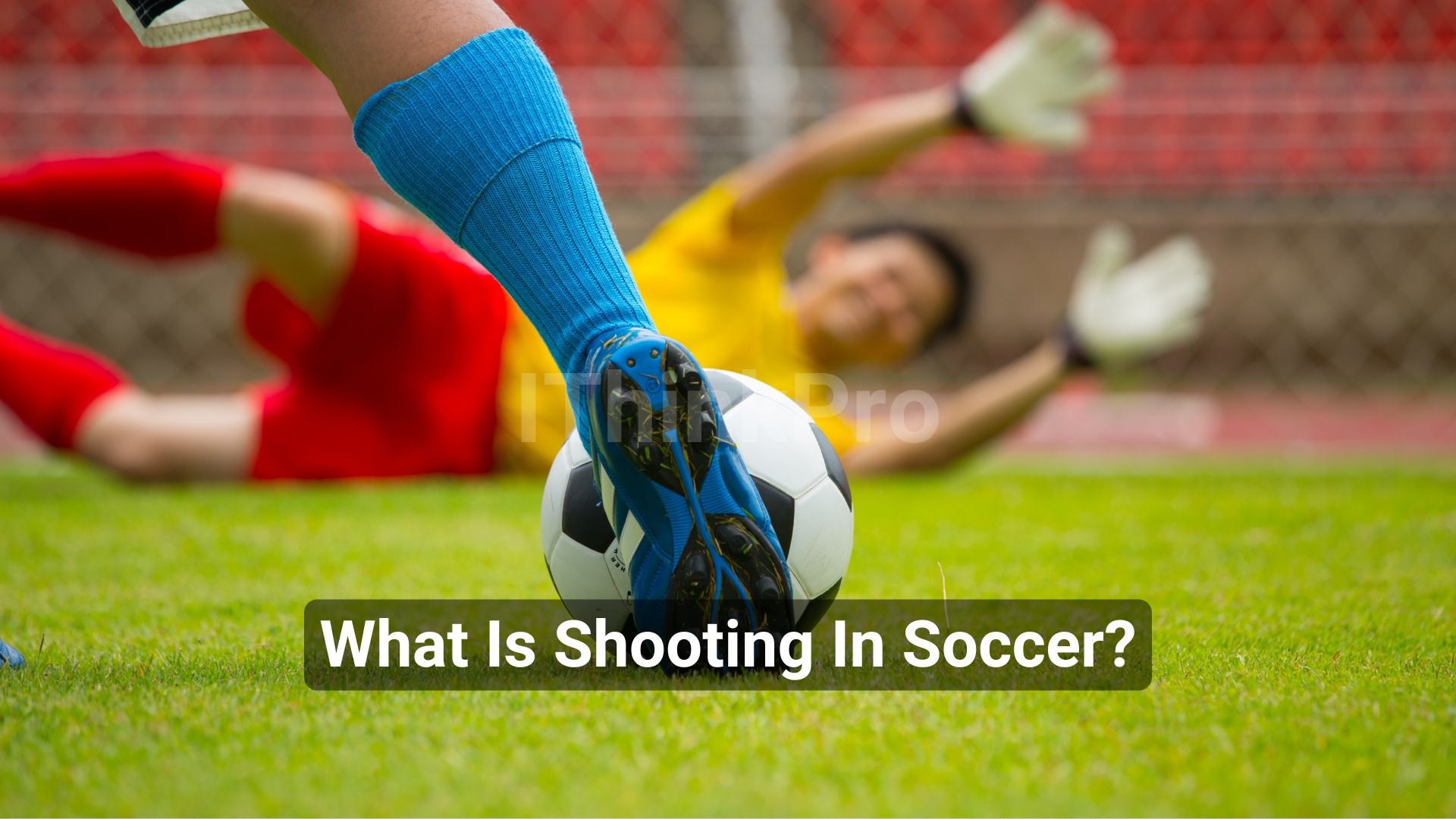Introduction
Hello Champ!
Mastering soccer ball control can be a real challenge for players. Whether you’re a beginner or experienced, struggling with consistent ball control can affect your overall game. Lack of ball mastery often leads to losing possession and missing critical opportunities.
The good news is that improving soccer ball control is entirely possible with the right techniques and practice. By focusing on drills that enhance your first touch, footwork, and overall coordination, you can see noticeable improvement.
In this article, we’ll dive deep into how to improve soccer ball control, offering practical tips and effective drills. These insights will help you refine your skills and take your game to the next level.
Understanding the Importance of Ball Control in Soccer
Why Ball Control Is Crucial for Soccer Players
In soccer, mastering ball control is one of the most vital skills that can elevate your performance. Without the ability to manage the ball effectively, it’s hard to maintain possession, create goal-scoring opportunities, or even defend properly. Ball control lets you dictate the pace of the game and makes it easier to pass, dribble, and shoot with precision. It doesn’t matter which position you play—having control of the ball means you’re better equipped to make split-second decisions and execute plays with confidence.
The Role of Ball Control in Different Positions
While ball control is important for every player, its significance varies depending on your position. Forwards rely on it to make quick moves toward the goal and beat defenders. Midfielders need excellent ball handling to link up plays and distribute passes. Defenders, on the other hand, use control to win the ball back and clear it effectively. Goalkeepers also require strong control skills, particularly when receiving back passes or starting counterattacks.
Benefits of Mastering Ball Control Skills
There are numerous benefits to honing your ball control skills. First, you’ll experience improved possession retention, which directly influences your team’s performance. Additionally, mastering ball control leads to greater confidence, allowing you to make faster decisions and outmaneuver opponents. Improved ball handling can also help reduce turnovers, make you a more versatile player, and increase your contribution to your team’s attacking and defensive strategies.
Foundational Techniques for Improving Soccer Ball Control

Developing a Solid First Touch
Your first touch determines how the play will unfold. If you control the ball well upon receiving it, you gain the advantage over your opponent. To improve your first touch, focus on using different parts of your foot, such as the inside, outside, and instep. Practicing with cones or teammates can help you sharpen this essential skill, making sure you control the ball under various scenarios.
Trapping the Ball: Techniques and Tips
Trapping, or stopping the ball, is another foundational aspect of ball control. Whether it’s a ground pass or a high ball, knowing how to cushion the ball to the ground efficiently can be game-changing. Use your foot, thigh, or chest to trap the ball, always aiming for a soft touch. Timing and positioning are critical; keep your body behind the ball to make a clean trap.
Using Both Feet for Better Ball Handling
Relying on one foot limits your control and versatility on the field. Great players develop the ability to use both feet for dribbling, passing, and shooting. You can practice using your non-dominant foot by including it in drills like dribbling through cones, juggling, and performing passing drills with teammates.
Improving Balance and Coordination
Balance and coordination are key factors in improving your ball control. Maintaining your balance allows you to control the ball smoothly, even when you’re under pressure from opponents. Focus on footwork exercises like ladder drills or single-leg squats to enhance your balance, while coordination drills like dribbling through cones will build your ability to control the ball with precision.
Essential Drills to Enhance Soccer Ball Control
Dribbling Drills to Build Close Control
Close control is crucial when dribbling in tight spaces or facing multiple defenders. To develop this skill, start with simple cone drills where you dribble around obstacles as fast as you can, keeping the ball close to your feet. Gradually increase the difficulty by reducing the space between the cones or adding a defender to simulate real-game pressure. Remember, the key to close control is short, quick touches.
Juggling the Ball for Precision and Touch
Juggling helps improve your ball touch and overall control. Start with basic juggling, using both feet and alternating touches. As you get more comfortable, challenge yourself by juggling with your thighs, head, and shoulders. Juggling trains your focus, coordination, and ball handling, all of which are important for controlling the ball in different game situations.
Passing and Receiving Under Pressure
Practicing passing and receiving under pressure improves your ability to control the ball during a match. Set up a small-sided game with teammates where the goal is to maintain possession in tight spaces. Focus on crisp, accurate passes and soft first touches. This drill will help you stay calm and controlled when receiving the ball, even when surrounded by opponents.
One-Touch Control for Faster Play
One-touch control is essential for speeding up the game, especially when moving the ball quickly through tight spaces. Practice one-touch drills where you pass the ball with a partner, aiming to control and pass the ball in one fluid motion. Incorporating one-touch passes into your game not only sharpens your control but also improves your team’s overall tempo and ball movement.
Advanced Techniques for Controlling the Soccer Ball

Mastering Control in Tight Spaces
When the field gets congested, your ability to control the ball in tight spaces can be the difference between maintaining possession and losing it. Practice drills where you have minimal space to maneuver, such as 3v3 small-sided games. Focus on quick touches, turning under pressure, and shielding the ball to keep it away from opponents.
Shielding the Ball from Opponents
Shielding is a defensive skill that allows you to protect the ball from opponents while maintaining possession. Use your body to block the defender from the ball, positioning yourself between the ball and your opponent. Always keep a low center of gravity and use your arms for balance without pushing off the defender. This tactic gives you time to make decisions or pass the ball safely.
Controlling High and Bouncing Balls
Dealing with high and bouncing balls requires excellent timing and soft touch. To control high balls, cushion the ball using your foot, thigh, or chest, and aim to bring it down to the ground quickly. To control bouncing balls, position your body in line with the ball and use your foot or body to absorb the impact, ensuring it stays close for your next move.
Improving Reaction Time with Quick Control Drills
Quick reaction drills improve your ability to control the ball in fast-paced situations. Set up a drill where a partner passes the ball to you from different angles at varying speeds. Focus on reacting quickly to control the ball and make an accurate pass or dribble. This exercise enhances your reflexes and helps you adapt to unpredictable passes during matches.
Practical Tips for Consistent Ball Control Improvement
Incorporating Ball Control Into Daily Practice
Improving ball control requires consistent practice. Incorporate ball control drills into your daily training routine, focusing on specific areas like dribbling, juggling, or trapping. Set aside time each day to work on different aspects of ball handling to see gradual improvement.
Staying Relaxed Under Pressure
Controlling the ball under pressure can be challenging, but staying relaxed is crucial. When you’re stressed, your body tenses, leading to heavy touches or mistakes. Practice staying calm by simulating pressure situations in training and focusing on your breathing.
Adapting Ball Control Techniques to Game Situations
Every game situation is different, and so are the ball control techniques you’ll need to use. Adapt your ball control skills based on the speed of the game, the type of pass you receive, and the position of your opponents. Flexibility is key to maintaining control in various scenarios.
Using Feedback to Refine Ball Control Skills
Lastly, ask teammates or coaches for input on your ball control techniques. They can offer insightful information on places that require development. Examine your performance following sessions and games to pinpoint your areas of weakness and modify your training accordingly.
Conclusion
In conclusion, improving soccer ball control is essential for players at all levels. Throughout this blog post, we explored the importance of ball control, highlighting its significance in various positions and its impact on gameplay. We discussed foundational techniques, such as developing a solid first touch and mastering trapping, as well as essential drills to enhance skills like dribbling and juggling. Advanced techniques, including controlling the ball in tight spaces and shielding from opponents, were also covered. By incorporating practical tips into your daily practice, you can consistently enhance your ball control skills.
You may change your game and develop the confidence to perform well under duress with commitment and focus. Never forget that having ball control changes everything, therefore never stop challenging yourself.
Share this blog with others and feel free to explore our website for more helpful information about soccer and other sports-related topics!
FAQs
Q1. What is the most important skill for soccer ball control?
The most important skill for soccer ball control is developing a solid first touch. A good first touch allows you to receive the ball and make quick decisions in gameplay effectively.
Q2. How can I practice ball control on my own?
You can practice ball control alone by doing drills like juggling, dribbling in tight spaces, and using a wall to pass and receive the ball. Consistency is key to improvement.
Q3. What drills help improve ball control under pressure?
Drills such as passing and receiving in small groups or with a partner simulate game situations. Incorporating defenders during practice can also enhance your ability to maintain control under pressure.
Q4. How does balance affect ball control in soccer?
Good balance is essential for effective ball control. It allows you to maintain stability while dribbling, passing, or shielding the ball, enabling better maneuverability and quicker reactions during gameplay.
Q5. Can I improve my ball control by watching professional players?
Yes, watching professional players can enhance your understanding of ball control techniques and decision-making. Observing their footwork, positioning, and control can provide valuable insights for your training.











